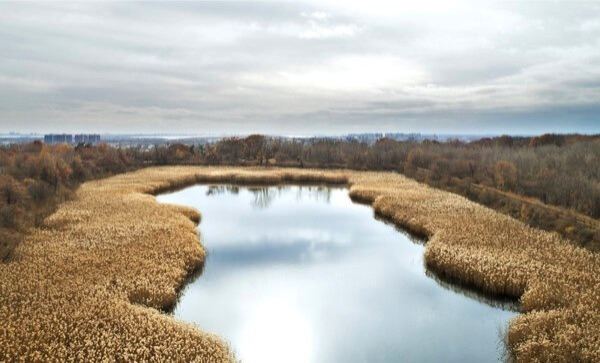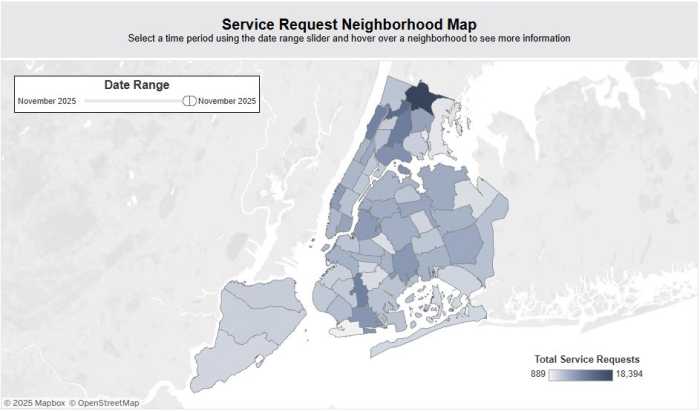By Bill Parry
“Having the Ridgewood Reservoir recognized on the New York State Historic Register back in December, and now having it listed on the National Register of Historic Places is an amazing achievement,” state Sen. Joseph Addabbo (D-Howard Beach) said. “I am pleased to see that the National Park Service moved so quickly to place the Ridgewood Reservoir on the list, officially preserving its natural beauty, its historic context to Brooklyn and Queens, and its educational importance for future generations.”
The reservoir was built in 1859 to supply the independent city of Brooklyn with drinking water that came from streams in Queens and Nassau counties. After New York City switched to reservoirs in the Catskills in the 1950s, the Ridgewood Reservoir was decommissioned and drained in 1989, becoming a lush and dense forest which is now home to more than 150 species of birds.
NYC H2O, a nonprofit that educates people about New York’s water system and ecology, has brought more than 3,000 students on field trips to the site since 2014 and led the advocacy effort.
“The Ridgewood Reservoir is a majestic place that deserves to be listed on the National Historic Register as a cultural and ecological treasure to be discovered for years to come,” NYC H2O Executive Director Matt Malina said. “The support of elected officials, community leaders and organizations has been critical to preventing its demolition and in advocating for its future.”
The Bloomberg administration planned to cut culverts into the reservoir as part of a flood mitigation project and allow for future development, but community boards and civic associations joined environmentalists in a grassroots preservation movement.
“I am elated to hear that the National Park Service has added the Ridgewood Reservoir to the National Register of Historic Places,” City Councilman Robert Holden (D-Glendale) said. “Not only has it become a beautiful landmark within our community, it has become vital to the local ecology. While the reservoir no longer provides necessary water supply to residents, it stands as a testament to the ingenuity of New Yorkers, who when faced with a problem like a water shortage, undertake stunning engineering and urban planning projects in order to create solutions.”
Reach reporter Bill Parry by e-mail at bparr





































